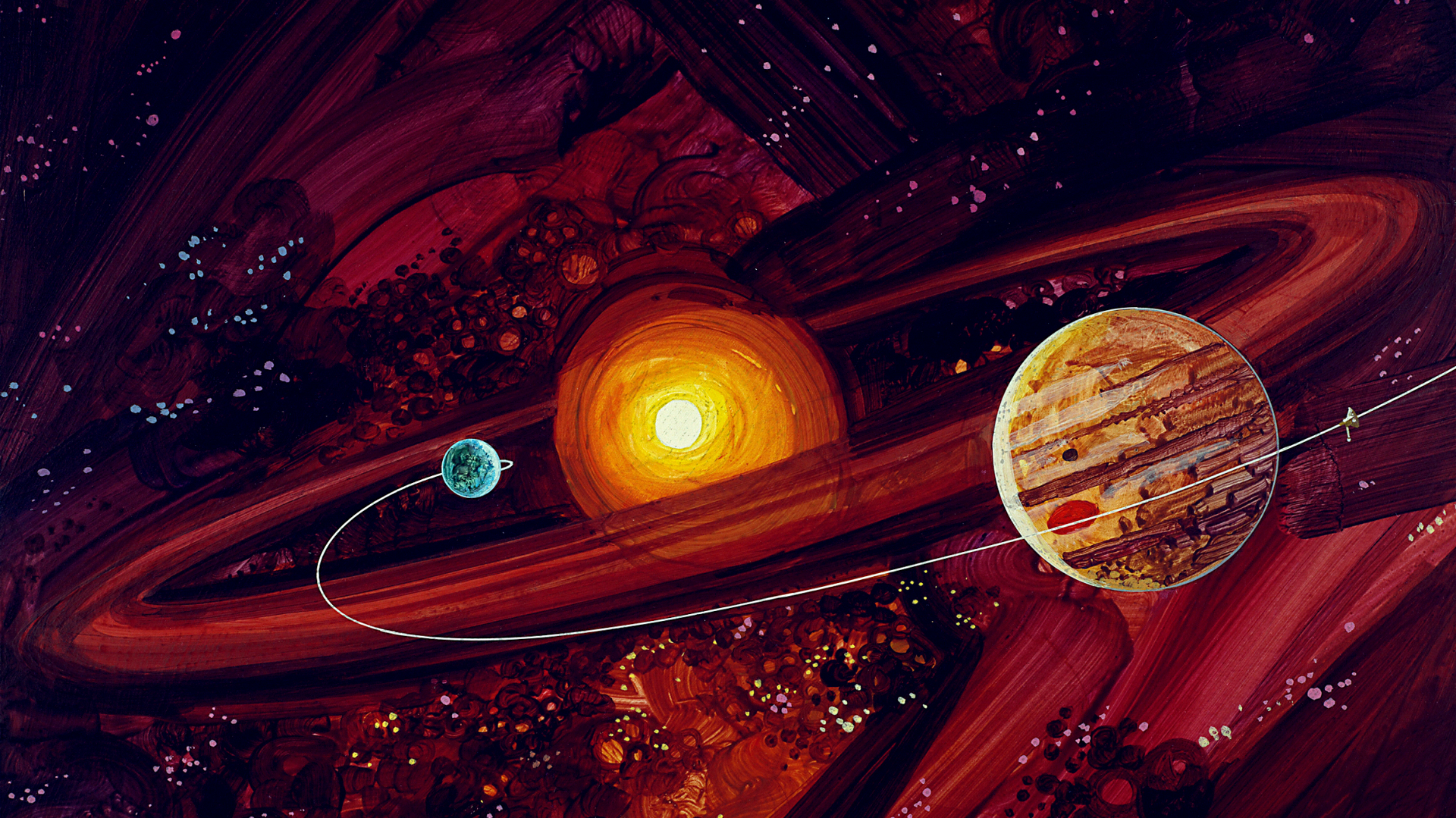Indhu Varatharajan: Understanding Surface Mineralogy of Mercury: An Integrated Spectroscopy Approach
Dr. Indhu Varatharajan presented “Understanding Surface Mineralogy of Mercury: An Integrated Spectroscopy Approach” on March 23, 2021.
Due to its proximity to the Sun, Mercury is notoriously difficult to observe and even harder to reach. To date, only two missions have reached Mercury, Mariner 10 and MESSENGER, both of which provided images of the surface and insights into its rich history and characteristics. Dr. Indhu Varatharajan will present her spectral analysis of MESSENGER data and how the upcoming ESA-JAXA mission, BepiColombo, will further our understanding of Mercury’s surface.
Abstract:
Mercury, the smallest and the innermost of the terrestrial planets, is also the hottest planet among the airless bodies in the solar system. Understanding the surface mineralogy of Mercury will give important clues to its formation and evolution which further leads to understanding of the formation of the solar system itself. Due to the closeness to the Sun Mercury experiences extreme temperature variations (-150°C – 450°C) during its day-night cycles. Therefore, in order to spectrally interpret the surface mineralogy of Mercury, it is important to understand the spectral behavior of the Mercury’s analogues under its respective surface environment conditions in a controlled laboratory setup. NASA MESSENGER mission carried visible-infrared spectrometers to map the Mercury’s surface mineralogy; however, the surface materials did not display any diagnostic silicate absorption features at this spectral range due to their Fe-poor nature. Therefore, the direct identification and mapping of the surface mineralogy of Mercury is still missing. In this talk, Dr. Varatharajan will present the development and results of various spectroscopy methods (laboratory, telescope, and orbital data analysis) to enhance Mercury surface exploration studies.
Biography:
Dr. Indhu Varatharajan recently completed her Ph.D. in Planetary Science at Institute of Planetary Research, German Aerospace Center (DLR), Berlin. She is one of the Co-Investigators of MERTIS payload of ESA-JAXA BepiColombo mission to Mercury. She received her Masters in Planetary Science from University College London (UCL), UK in 2015 and Bachelors in Geoinformatics Engineering from College of Engineering, Guindy (CEG), Anna University, India in 2012. Before Masters, she worked at Planetary Science and Exploration (PLANEX) Division at Physical Research Laboratory (PRL), Department of Space, India where she was part of the study team in preparation for Mangalyaan mission to Mars and also published her work on Chandrayaan-1 lunar data analysis on mapping of mineralogy of young volcanism of Moon. In 2018, she was part of the Frontier Development Laboratory (FDL), Europe team that demonstrated automated mapping of informal settlements using ML techniques on Sentinel-2 datasets. Dr. Varatharajan is the Elected Chair of Europlanet Early Career Network, Chair of Surface and Environment Interaction Studies subgroup of BepiColombo Young Scientists Study Group and was also elected Councilor of Royal Astronomical Society.
































